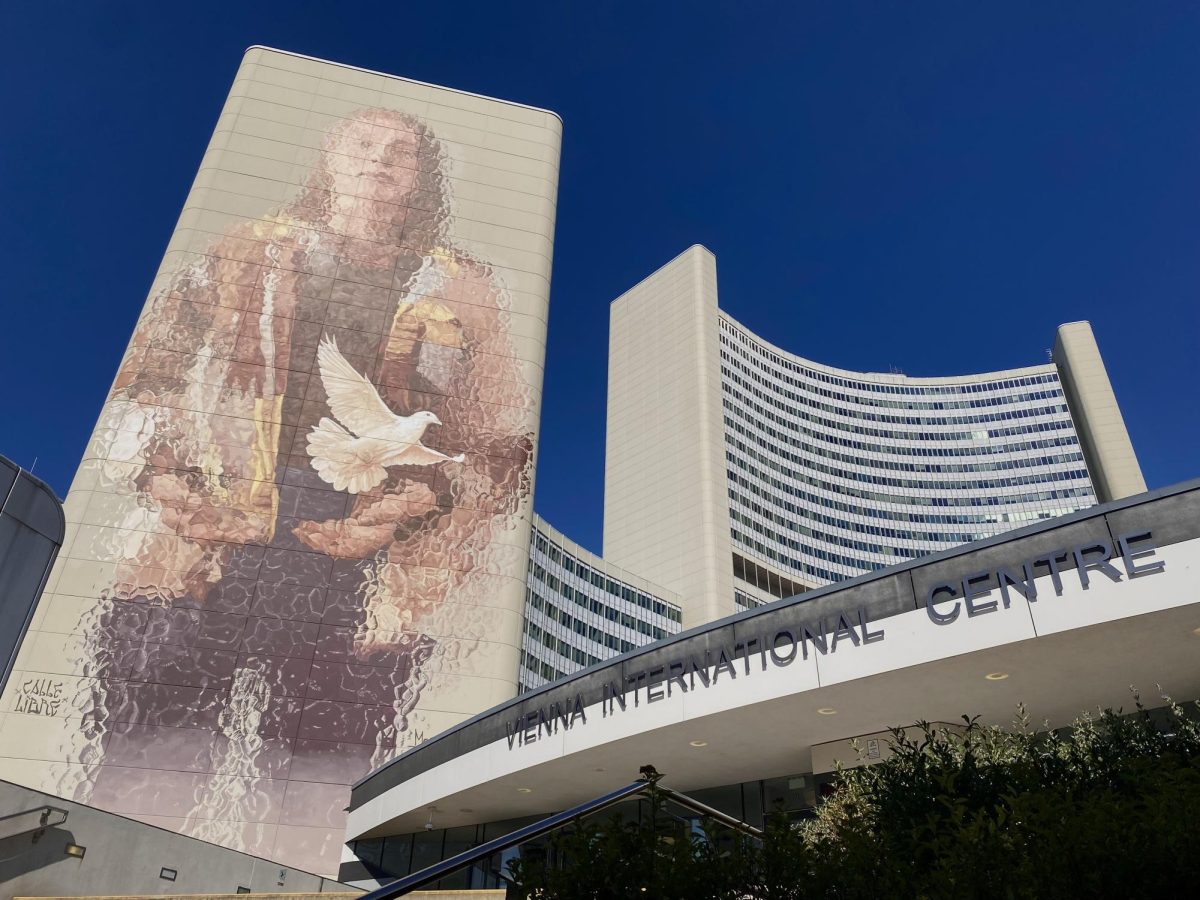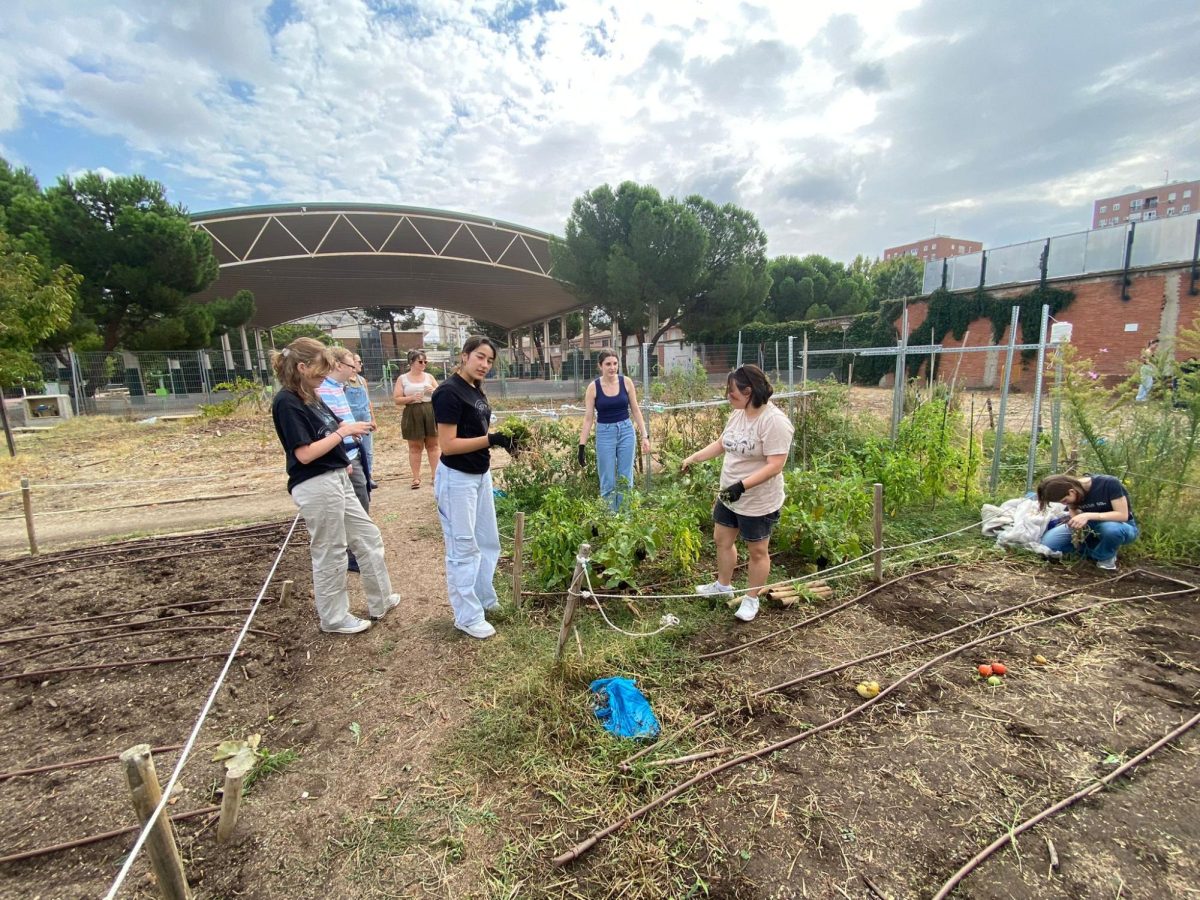Citizens in Madrid are disappointed at the city’s overcrowding and expensive prices due to tourism.
“We are suffering because of tourism,” said Alejandro Diaz, 34. “It’s horrible.” He worked in Lavapies at a bike shop that closed down due to increased commercial property rent. Diaz credits this increase to tourism.
“Companies like AirBnb have taken away housing options for locals and made rent higher,” Diaz said. “That’s why the shop closed down.”
A spray-painted message on the outside of the former bike shop said, “Dear tourists! This was once a local shop infected by the AirBnb virus. The way you travel matters!”
According to the Instituto Nacional de Estadística, Spain received 8.3 million international tourists in June 2023, approximately 10.9% more than in June 2022. The Community of Madrid received 704,000 tourists in June, and the region leads the average spending expenditure, with tourists spending 324 euros per day on average.
As a result of such increases, Madrileños are frustrated at the city’s attempts to accommodate tourism.
“There are too many areas in Madrid for tourists, like Sol or Gran Via,” said Javi Rechea, a Madrid citizen. Such areas are hubs for touristic affairs, such as tour meeting spots and souvenir shops. These attractions tend to clog the city center and recently, other neighborhoods.
“I have been really impressed with Europe so far,” said Tina Abreu, an American visiting Spain for the weekend. “The public transportation, way of living, and the architecture is completely different from the States. Things are just more beautiful here.” Traveling around Europe for holiday, she visited Madrid after seeing three other European cities for a week-long vacation.
American tourists in particular get very little time off from their jobs. As a result, their travel plans are packed with countries and activities to enhance their experience. As a result of this restriction, tourist areas in Europe, a highly popular destination for American tourists, tend to be as accommodating as possible to tourists willing to pay.
When asked about their observations with the tourism industry, Abreu said, “I don’t know Spanish, but I haven’t had a problem with getting around. The waiters are a lot more direct though, especially after they realize I only speak Spanish. Madrid has been the most local city I have been to so far. Outside of the touristy places and activities, it feels like I am experiencing a new culture.”
While many Madrileños see the negative effect of tourism on their city, other native residents find its benefits. “I always encourage my host children to explore the city as much as possible,” said Virginia Moyas-Garcia, 56, a resident of the Goya neighborhood. “But usually they just go to clubs on the weekdays and travel to other countries on the weekends.” She has been hosting study-abroad students in her home alongside her two children for fifteen years.
Living with students all over the world, she has seen how international people in Madrid choose to live. “I think the study abroad experience can be life changing,” said Moyas-Garcia.”You are in a new environment, oftentimes in a new language. Regardless of how they spend their time, they will get something out of it.”






































